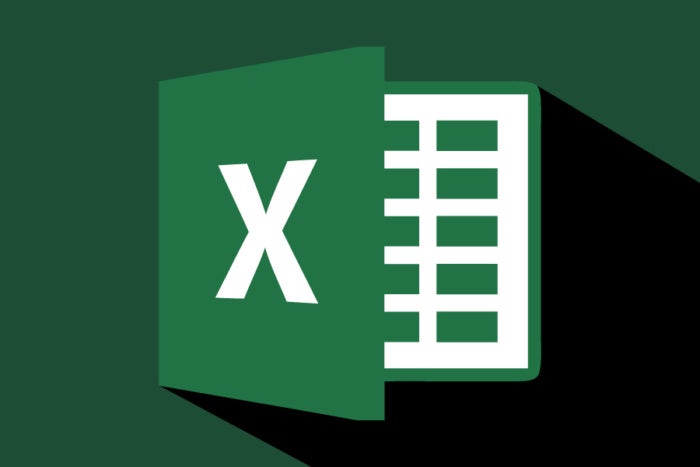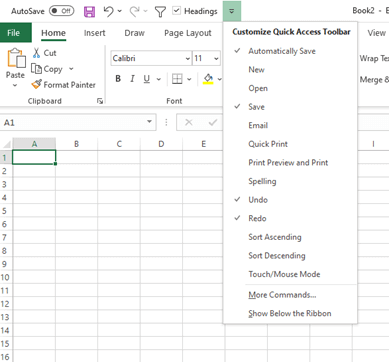5 Proven Ways to Collaborate on Excel Effectively

Collaboration is key in today's dynamic work environment, especially when dealing with data-intensive tasks like those in Microsoft Excel. Whether you're part of a small team or a sprawling enterprise, Excel offers various tools and features that can streamline collaborative efforts. In this post, we'll explore five proven ways to ensure your team collaborates effectively on Excel spreadsheets.
1. Sharing Spreadsheets Using OneDrive
OneDrive integration with Excel allows for seamless sharing and real-time collaboration:
- Save and Share: Save your Excel file to OneDrive, then share it with your team by selecting ‘Share’ from the top-right corner of Excel.
- Permissions: You can set permissions to ‘can edit’ or ‘can view’ for each person you’re sharing with.
- Real-Time Edits: Team members can work on the document simultaneously, with changes reflected in real-time.
How to Share Excel Files:
- Open Excel and go to File > Save As > OneDrive.
- After saving, click ‘Share’ on the top-right.
- Enter the email addresses of your collaborators and choose the permission level.
- Optionally, include a message before sending the invitation.
2. Using Excel Comments and Notes
Effective communication is crucial when multiple people are working on the same spreadsheet:
- Comments: Insert comments on cells to provide context, ask questions, or suggest edits.
- Replies: Team members can reply directly within comments for threaded discussions.
- Notes: For less visible annotations, use Notes to provide supplementary information.
📝 Note: Comments are visible on the workbook, but Notes can be hidden by default, so make sure to inform your team if you're using Notes.
3. Track Changes in Excel
To keep track of who’s making what changes:
- Enable Track Changes: Go to Review > Track Changes > Highlight Changes, and turn on tracking.
- Change History: Review the history of changes to see who did what and when.
- Accept/Reject: You can choose to accept or reject changes made by others.
4. Version History
Excel’s version history feature is invaluable for:
- Seeing Changes Over Time: Check what the workbook looked like at different points in its history.
- Revert Changes: If mistakes are made, revert to a previous version.
- Collaboration Safety: Ensures work is not lost due to accidental deletions or incorrect edits.
5. Excel Co-Authoring
Real-time co-authoring allows multiple users to work on the same spreadsheet at once:
- AutoSave: With AutoSave enabled, changes are saved in real-time.
- Collaboration Cues: Flags and notifications show who’s editing what.
- Compatibility: Works across devices, ensuring continuity when team members are not in the office.
Effective collaboration on Excel spreadsheets isn't just about functionality; it's also about establishing good practices:
- Communication: Regularly communicate with your team to clarify roles, responsibilities, and objectives.
- Workbooks Management: Use separate workbooks for different sections of data or for distinct projects to avoid confusion.
- Plan Updates: Schedule regular updates or reviews to keep everyone on the same page.
By implementing these collaboration techniques, you can enhance your team's productivity and ensure that your Excel work remains organized and effective. Remember, the key to successful collaboration lies not only in the tools but also in the team's ability to adapt and utilize these tools efficiently.
How do I know if someone else is editing the same spreadsheet as me?
+
Excel provides visual cues like color-coded cell edits and flags showing real-time changes. Additionally, you can see other users’ names or initials in the sheet where they are currently editing.
Can I revert to an older version of an Excel workbook?
+
Yes, by using the version history feature in Excel. Go to File > Info > Manage Workbook > Recover Unsaved Workbooks or Version History to access past versions.
What if I accidentally accept an incorrect change in ‘Track Changes’?
+
If you realize you’ve accepted an incorrect change, you can use the version history to revert to a version before the change was made or manually undo the action if it’s recent.
Related Terms:
- collaborating effectively in excel 365
- excel collaboration without onedrive
- can you collaborate in excel
- how to collaborate excel spreadsheet



